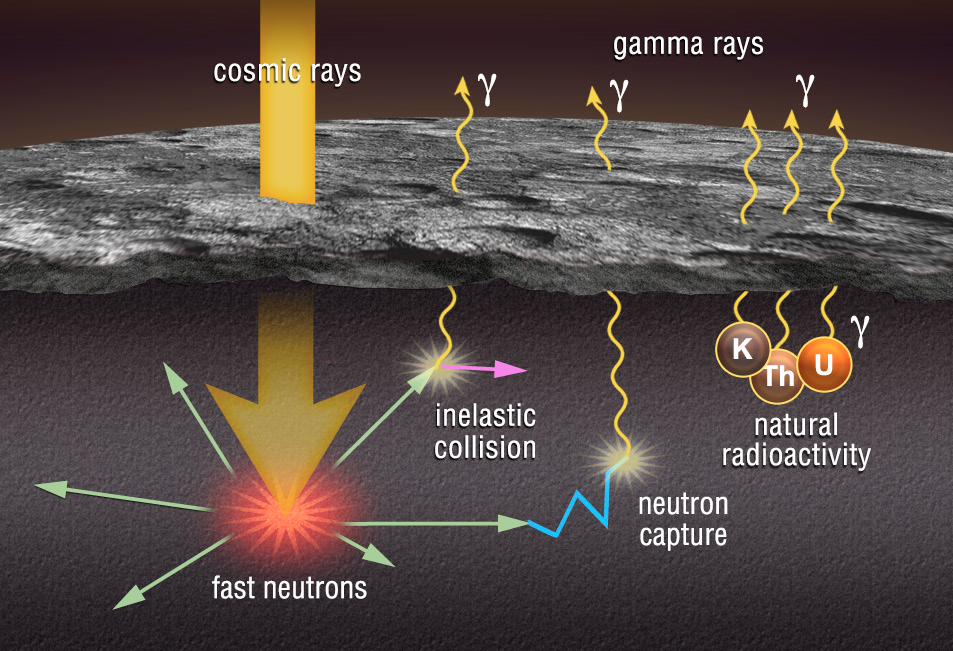MEGANE's Science Goals
Although the two moons of Mars, Phobos and Deimos, were discovered over a century ago, their origins, histories, and natures are largely a mystery. Even the most basic questions remain: Where did they come from? What are they made of? How do they relate to Mars and the rest of the solar system?
JAXA's Martian Moons eXploration (MMX) mission is on track to become the first dedicated mission to explore and sample the martian moons, with MEGANE as one of its scientific instruments. MEGANE will revolutionize our understanding of Phobos by characterizing the composition of its near-surface materials for the first time. These compositional data will be used to test the competing hypotheses for Phobos' origin, study surface processes on Phobos, support sample site selection for the MMX mission, and provide crucial global- and regional-scale geochemical context for the samples collected on Phobos and delivered to Earth for analysis.
MEGANE has three science goals that directly address core science objectives of the MMX mission:

View of Phobos from Mars Reconnaissance Orbiter. In this view of the Mars-facing side of the moon, Phobos appears about 21 kilometers in diameter, through the diameter of the irregularly shaped moon ranges from roughly 18 to 26 kilometers. (Credit: NASA/JPL/U. Arizona)
More information at: http://www.planetary.org/multimedia/space-images/mars/color-view-of-phobos-from-mars-reconnaissance-orbiter.html


